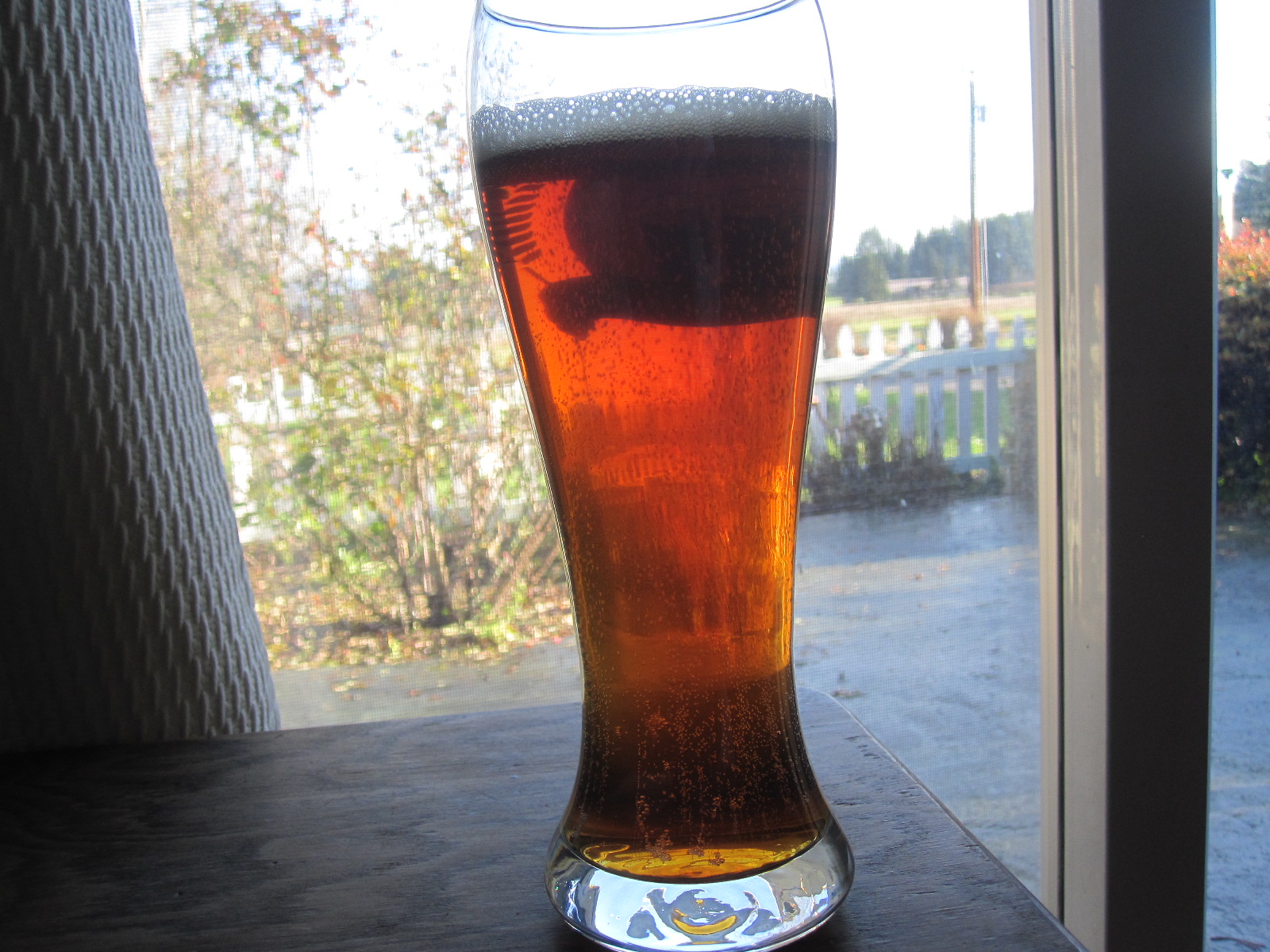slym2none
"Lazy extract brewer."
Brewing is a hobby so money will be spent no matter what...everyone just has different opinions on what to spend it on! Personally, there's no way I would still be brewing if I was bottling...WAY too much of a PIA for me. Once you experience the ease of cleaning and filling one container vs 50 plus capping, there's no going back haha...plus you get fully carbonated beer 48hrs later if you force carb (as well as full control over the vol CO2). I brew almost monthly (36 batches in 30 mths brewing) and fill my 5lb CO2 tank once per year. Costs about $18 to fill I think? Once you invest in the keg set up it's really not bad to upkeep.
My opinion is still valid, no?
I just see so much hate on bottling. But when I voice it, I get backlash.
But it won't stop me from expressing it where I can. Note, I don't go into kegging-problem threads & tell people they wouldn't have those problems if they bottled. I wait until someone asks the question where I can reasonably voice my opinion.
And now I have done so.
















































![Craft A Brew - Safale BE-256 Yeast - Fermentis - Belgian Ale Dry Yeast - For Belgian & Strong Ales - Ingredients for Home Brewing - Beer Making Supplies - [3 Pack]](https://m.media-amazon.com/images/I/51bcKEwQmWL._SL500_.jpg)


